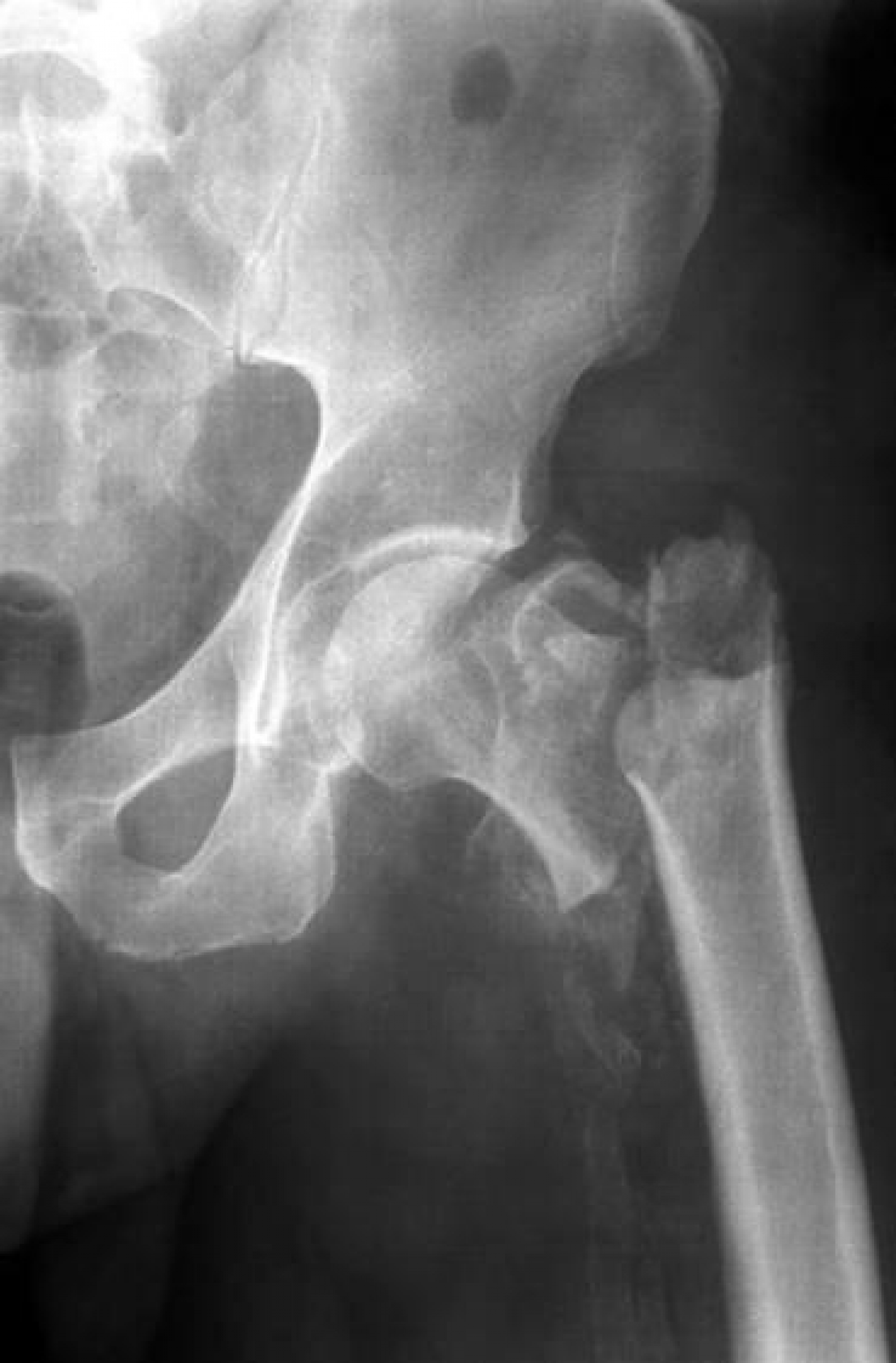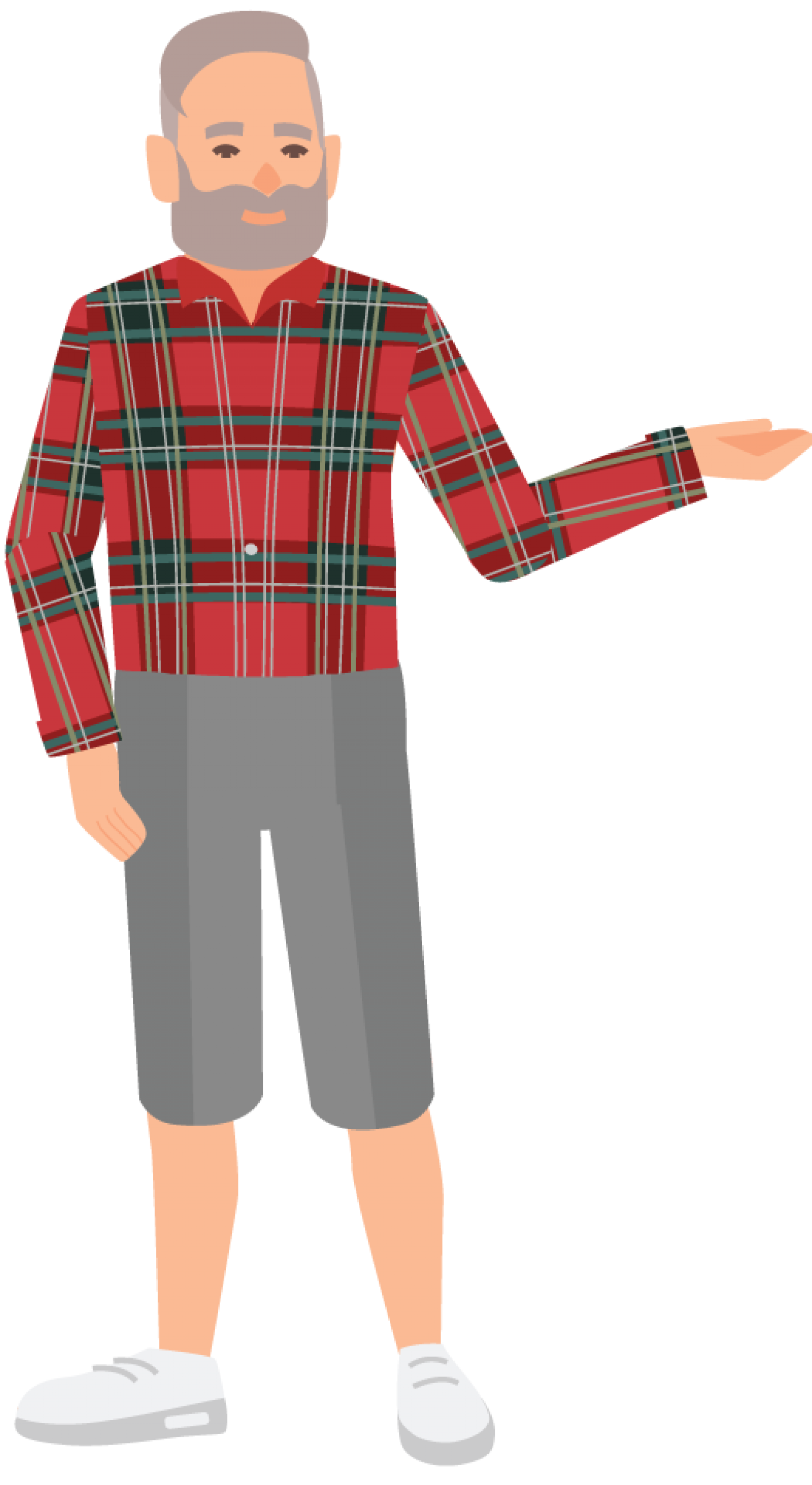Bone Health
Why is your bone health important?
Bone density (bone thickness/mass) declines from about the age of 35. Osteoporosis is when the bone density is lost more rapidly than normal, causing bones to be weak and more likely to break/fracture. The most common fracture sites are the wrist, spine and hips. To prevent fractures and breaks it is important to keep your bones healthy and to manage your fall risk.
Did you know?
- Loss of bone density happens more rapidly in women after menopause
- About 75% of hip fractures occur in women
- Fractures in the spine can result in height loss and changes in posture
- Bone density tests measure the bone mineral density and compares it to young healthy adults giving you a T-score – below -2.5 is osteoporosis
Nutrition and bone health
- Your diet can influence your bone density
- It is important to eat a balanced diet with adequate calcium
- Some foods have vitamin D (e.g. oily fish and egg yolks), but most people are reliant on sun exposure to reach the recommended levels or supplements if deficient
- Being deficient in either calcium or vitamin D can increase your risk of osteoporosis
- You absorb less calcium from your diet as you get older, so it is important to include more calcium rich foods e.g. dairy
- If you are deficient in calcium or vitamin D, ask your doctor or dietician for supplement recommendations and/or dietary advice

Did you know?
- Vitamin D is important for calcium absorption
- Most vitamin D is made in the skin from sun exposure (UVB light)
- The amount of exposure you need depends on where you live and the time of year (check local recommendations for each season/time of year)
- Darker skin may require more exposure to produce the same amount of vitamin D as lighter skin
Weight bearing and progressive resistance exercises build bones
Our bones need a certain amount of strain and impact to stay strong. Weight bearing and progressive resistance exercises can help to build and maintain stronger, denser bones. As a rule of thumb, you need 30 minutes of bone building exercise most days to maintain/build better bone density. Exactly how much you need is dependent on your age, the type of activity you do (variety is good) and how long you do it for. Bone building exercise examples are given below:
- weight-bearing exercises e.g. brisk walking, hiking, stair climbing, jogging and tennis
- progressive resistance training e.g. gym equipment like leg press and seated rowing, lifting free weights i.e. dumbbells or ankle weights
- high impact exercise e.g. skipping, jogging, jumping and aerobics (these types of exercise may not be suitable for everyone e.g. if you’ve already broken a bone due to osteoporosis, talk to your doctor or physiotherapist)

Key points to remember
- All adults lose bone density as they age
- Osteoporosis is a condition where the bone density is lost at a more rapid rate and leaves the bones weak and more likely to fracture
- Calcium and vitamin D are important for bone health
- Older people absorb less calcium and need more calcium in their diet
- Most people get vitamin D through sun exposure, check your local recommendations for the season
- If you are deficient in vitamin D or calcium talk to your doctor or dietician
- Bone building exercise is important for bone health, if you have previously broken a bone due to osteoporosis or need help choosing the right sort of exercise talk to your doctor of physiotherapist
What can I do right now?
- Talk to your doctor about your vitamin D levels and osteoporosis
- Eat a diet that is high in calcium
- Check the sun exposure recommendations in your area for different times of the year and aim to get the recommended sun exposure to maintain your vitamin D levels and still be sun smart
- Participate in weight-bearing and/or progressive resistance training for your bone health – if you haven’t exercised for a while or have medical conditions talk to your doctor or physiotherapist first
- Manage your fall risk factors, including participating in balance exercises to help prevent falls
Tips
- Balance training can reduce your risk of falls and is important in the management of bone health, as falls are a common cause of fracture
- For more information about osteoporosis, vitamin D, calcium, and bone building exercise visit:
https://www.osteoporosis.org.au/
https://www.healthdirect.gov.au/osteoporosis - For information on sun exposure and UV levels visit:
https://www.cancercouncil.com.au/wp-content/uploads/2011/09/vitamin-d-infographic.pdf
https://www.myuv.com.au/
Conclusion
You have finished the article. If you would like to download a copy of this article as a PDF, click the button below.

